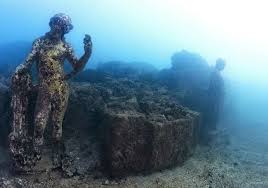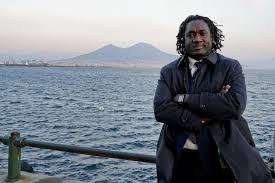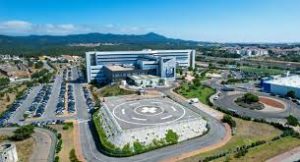Festival celebrates day every one can feel Italian

Canberra: FESTA Della Repubblica, a free event that this year celebrates the 78th Italian national day, was held at the Italian Cultural Centre, Forrest, on June 2.
Hosted by Com.It.Es, its Canberra president Franco Barilaro says Festa Della Repubblica is a community event and everyone’s invited to experience and enjoy all aspects of Italian culture.

“The Italian community is thrilled to invite all Canberrans to share the celebrations of the Italian National Day,” he says.
“The Festa Della Repubblica is an opportunity for families to enjoy good food, great coffee, fun activities and immerse themselves in a very Italian atmosphere.
“This is an event where all the Italian regional associations get together to celebrate. This is our 13th year of celebrating and we are welcoming everyone to come in and be an Italian for the day.”
Com.It.Es is an organisation formed by leading members of the Italian community, with the Canberra branch working with the Italian government and the Italian embassy to meet the needs, hopes and desires of the Italian community in Canberra.
“There will be Italian music performed live by Joe Sorrentino, and the spectacular Dante Musica Viva Choir will perform a range of Italian songs, from famous opera arias to regional songs,” says Franco.
“There will also be Italian street food, gelato, sweets, chestnuts, and coffee stalls open from 10.30am to 4pm.
“Activities will include a jumping castle, face painting and Italian cars on display.”
The Italian ambassador, Paolo Crudele, opened the festivities with a summary of the Italian president’s speech.
Festa Della Repubblica (Festival of the Republic) marks the day in 1946 when the Kingdom of Italy voted to swap its king for a president and become a democratic republic with a new parliament.
After a mainly military education, Victor Emmanuel III came suddenly to the throne in 1900 on the assassination of his father, King Umberto I.
In 1946, public opinion forced a plebiscite to decide between the monarchy and a republican form of government.
In an effort to influence the vote in favour of the dynasty, Victor Emmanuel III abdicated in favour of Umberto II, but the plebiscite resulted in a victory for the republic, and both Victor Emmanuel and Umberto went into exile.
The result of the referendum was far from a landslide, with only about 54 per cent of the voters choosing to remove their monarch as head of state through this peaceful revolution at the ballot box.
On one hand, it was a big step to end the line of kings that had ruled Italy since its unification about a century earlier, and it was not strictly necessary to get rid of the king in order to have a new constitutional democracy. But on the other hand, many Italians were disappointed in the royal family for supporting the ill-fated Fascist dictatorship that led the country to military defeat in World War II.
Democracy was not new to Italy in 1946, either, the Italian Parliament having played a strong role as a check on the power of the king and his ministers since the mid-1800s. But with the king’s support, the Fascist Party, led by Benito Mussolini, was able to seize power in the early ‘20s, and later pass a law in 1926 that completely freed Mussolini from accountability to Parliament.
In this way, the Festa Della Repubblica can be seen to celebrate the return of democracy to Italy in a stronger, more permanent form.
The first period of Italian democracy was based on a constitution agreed to by the King of Piedmont-Sardinia, Charles Albert, in 1848, when Italy was still in the process of uniting as a single nation. The Statuto Albertino, as it is known, was so important to Italy’s formation that the day it was signed became the first Italian National Day.
This was always celebrated on the first Sunday in June, which hovers from year to year around its modern replacement, Festa Della Repubblica.





